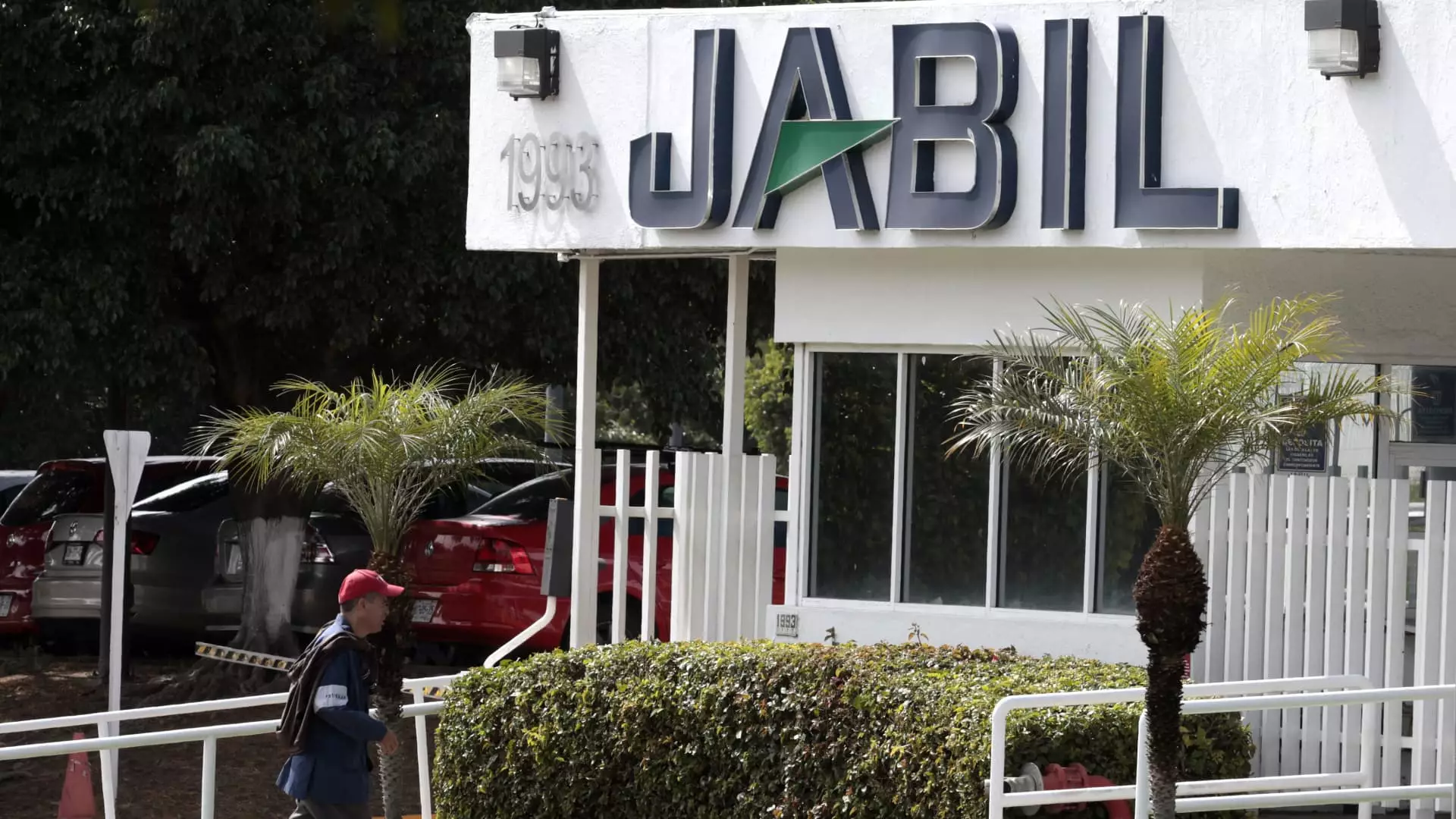7 Stark Warnings from Today’s Overheated Stock Market

The recent surge in the stock market is undeniable: The S&P 500 hitting all-time highs paints a seemingly robust economic picture. Yet, beneath this enthusiastic rally lies a collection of caution signals that suggest a more turbulent road ahead. The euphoric run-up isn’t a cessation of risk; rather, it’s a warning flare emanating from some of the market’s most vulnerable and overextended players. Center-right liberal economics caution us to respect market discipline even in frothy periods—and this moment is no exception.
Understanding the Overbought Phenomenon: More Than Just a Buzzword
Investors often rely on technical metrics like the Relative Strength Index (RSI) to navigate market sentiment. The RSI, in particular, measures momentum by evaluating a stock’s recent price performance. A reading over 70 translates to an overbought condition—meaning the security’s recent gains may be disconnected from fundamental support. This disconnect tends to presage near-term corrections. Yet, the current wave of overbought stocks is not just a fleeting technical quirk; it reflects a broader excess fueled by excessive optimism around technologies such as artificial intelligence and semiconductor advancements.
Tech Titans Playing With Fire
Tech stocks are the protagonists in this overheated drama. Companies like Microsoft, Netflix, Advanced Micro Devices (AMD), and suppliers like Jabil have surged spectacularly. Take Jabil: sporting an RSI above 90, their stock has rocketed alongside upgraded earnings forecasts. While it’s easy to applaud these impressive gains—especially when AI investments appear promising—there is an inherent risk in assuming these tech behemoths can sustain these meteoric rises without setback.
AI hype has stimulated price action well beyond reasoned valuation metrics. For example, AMD’s 12% climb this week and Microsoft’s price target boost to $530 has investors hoping for a breakthrough. But here’s the rub: reliance on future AI “yield” projections without tight scrutiny risks echoing past tech bubbles. Overconfidence can rapidly reverse if innovation disappoints or regulatory scrutiny tightens.
Financial Giants: Riding the Wave or Wrestling the Undertow?
It’s not just tech. Financial heavyweights like JPMorgan Chase and Goldman Sachs are also flagged as overbought with RSIs near 80. Their gains mirror a mix of rising yields and robust trading revenues, amplified by the broader market’s buoyancy. But history reminds us that financials often lead recessions and market corrections with exaggerated swings. The simultaneous overbought readings among tech and finance suggest a synchronized, fragile optimism rather than a diversified foundation.
The Forgotten Underdogs: Oversold Stocks Crying Out
Contrasting sharply with the overheated sectors are stocks languishing in oversold territory, especially within food, beverage, and retail spaces. Molson Coors’ RSI plummeting near 18 underscores its battles with waning market share and amid intensifying competition. Conagra and Campbell’s face similar woes, sinking despite overall market strength.
Retailers like Ross Stores and Lululemon Athletica, despite a respectable consumer environment, confront their own struggles. Lululemon beating quarterly expectations yet slashing full-year guidance highlights deeper uncertainties brewing beneath isolated successes.
These oversold groups embody the uncomfortable truth that economic segments are unevenly participating in recovery. This unevenness complicates the narrative that markets uniformly reflect economic strength or stability.
Trade Turbulence Ignored at Investors’ Peril
Surprisingly, fresh geopolitical setbacks seem to be shrugged off. President Trump’s announcement of halted U.S.-Canada trade talks threatened to rattle markets but was largely absorbed without meaningful damage to stock momentum. This detachment raises alarm bells: markets may be disconnected from real-world political risks that ultimately affect supply chains, inflation, and corporate earnings.
Center-right analysis stresses the importance of pragmatic risk acknowledgment—ignoring these developments risks deeper corrections once the reality sets in. The collective market’s apparent resilience is more hubris-driven than evidence-backed.
Why Investors Must Brace, Not Rejoice
This confluence of sector overextensions, overlooked trade tensions, and polarized stock performances is a recipe for volatility. For investors committed to steady growth and market discipline—a hallmark of center-right investing—the current environment demands recalibration. The age of freewheeling enthusiasm for AI-bubble stocks and overlooking unsavory fundamentals is ending. Instead, smart capital allocation requires sober recognition of cyclical risk and a willingness to sell into strength before the next correction sweeps through.
To ignore these stark warning signals is to flirt with unnecessary downside. The smartest investors treat record highs not as irrefutable triumphs but as invitations to exercise caution, valuation discipline, and silent vigilance.





